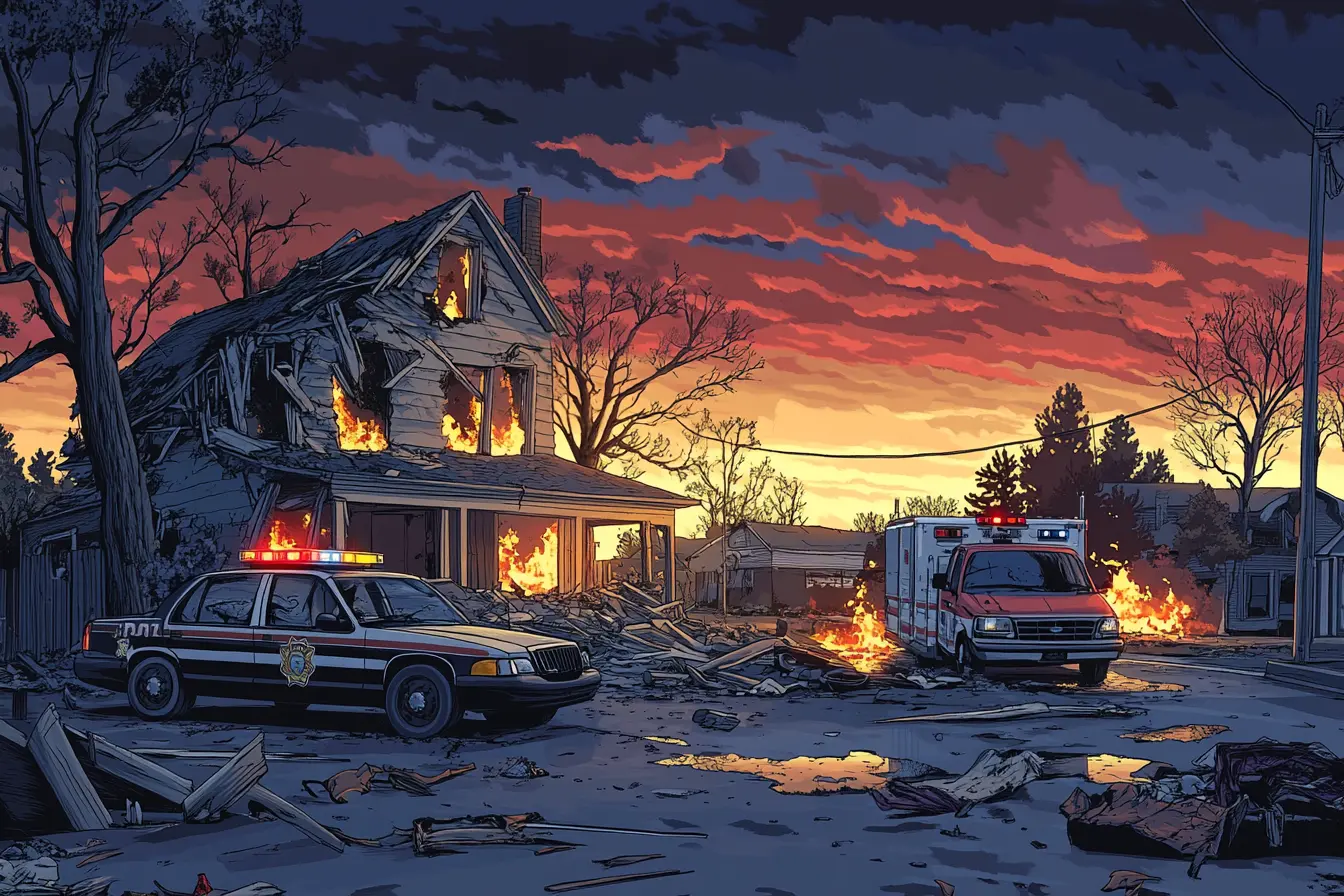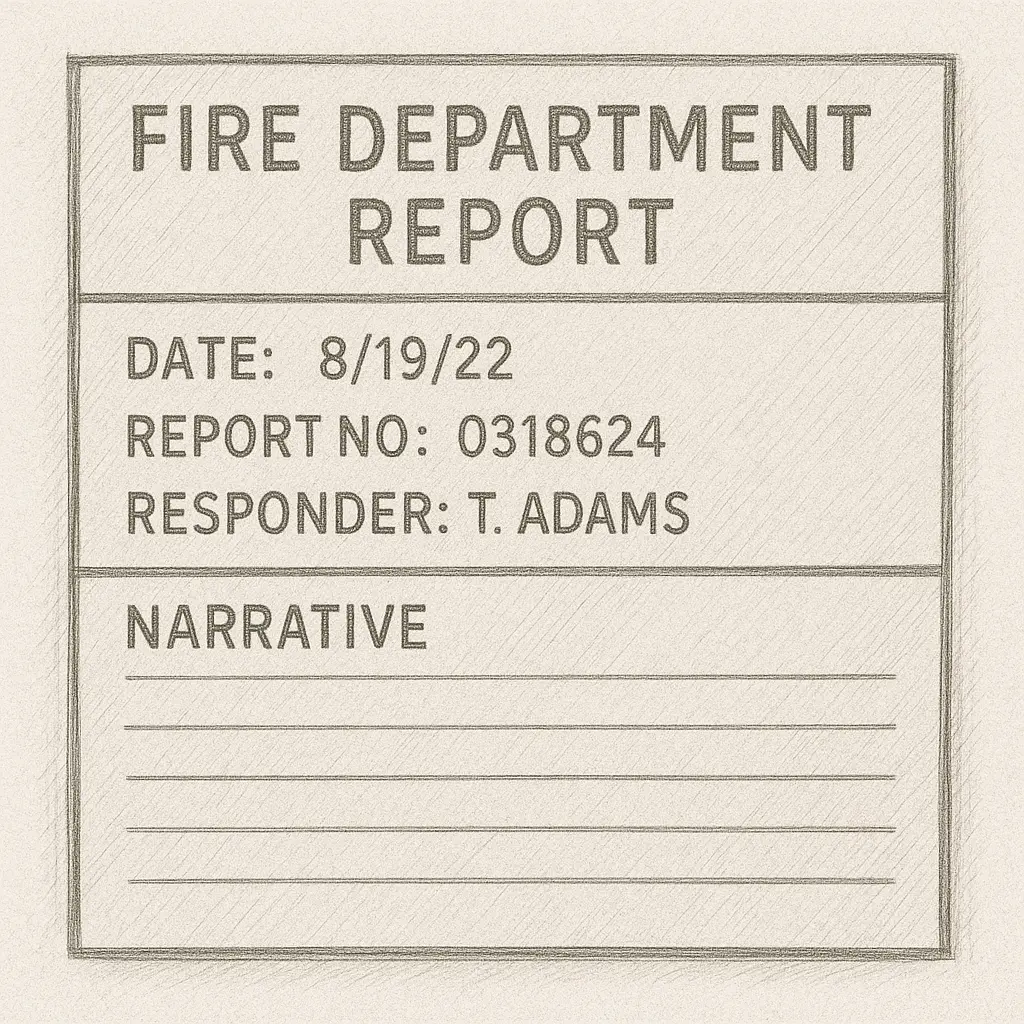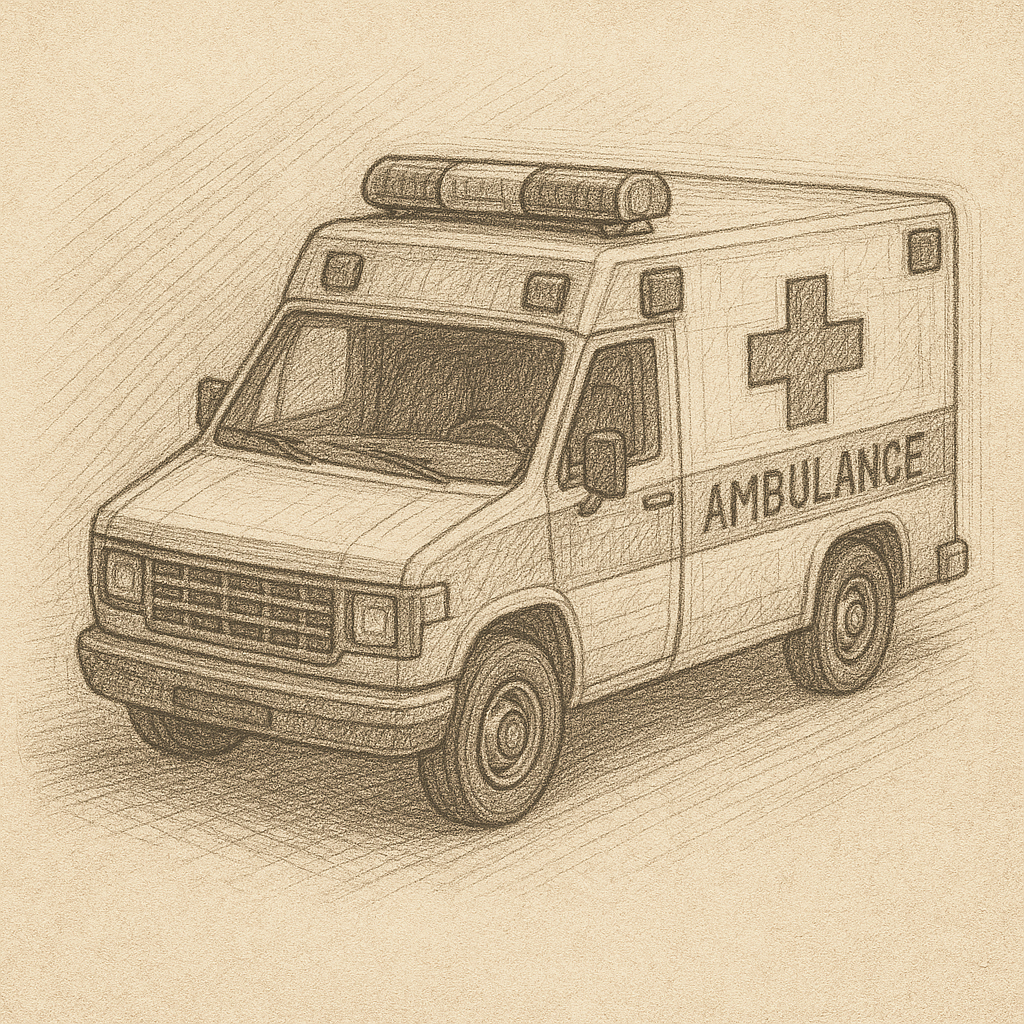A Homeowner’s Guide to First Responder Reports for Home Insurance Claims

When your home is impacted by a fire, burglary, natural disaster, or medical emergency, reports filed by first responders become critical documentation for your insurance Claim. These official records provide third-party verification of what happened, when, and how—helping to speed up claims processing and reduce the chance of disputes.
This step-by-step guide explains how to obtain, organize, and use first responder reports—including police, fire, and emergency medical services (EMS)—to support your claim.
Step 1: Know What Reports Apply to Your Incident
Depending on the nature of the incident, different types of first responder reports may be involved:
Police Reports – for break-ins, vandalism, theft, or suspicious activity
Fire Department Reports – for fires, smoke damage, gas leaks, or hazardous materials
Ambulance or ER Reports – for injuries that occurred on your property or as a result of the event
Be sure to ask the responding personnel which agency is filing a report and how you can request a copy.
Step 2: Obtain a Copy of the Police Report
If police responded to the event (e.g., a burglary, trespassing, or domestic disturbance), their report provides key facts.
To request the report:
Call the non-emergency number of the police department involved
Provide the case number, your name, and the date/location of the incident
Ask if there’s an online request form or if you need to visit in person
What to look for:
Incident description
Officer’s notes and assessment
List of stolen or damaged items
Suspect or witness information (if applicable)
Tip: Some departments charge a small fee or require ID to release the report.

Step 3: Request a Fire Department Report
For any fire-related incident—whether a kitchen fire, electrical short, or full structure fire—the fire report is essential.
To request the report:
Contact your local fire marshal’s office or the responding fire department
Give them the incident address, date, and time
Ask for the fire incident report or fire investigation summary
What to look for:
Cause and origin of the fire (if known)
Level and location of damage
Units or equipment used
Safety hazards or violations observed
Tip: These reports often take longer to process, especially if an investigation is involved. Follow up if needed.

Step 4: Gather Ambulance or ER Documentation
If someone was injured during the incident—whether a fall, burn, smoke inhalation, or other trauma—EMS or hospital records help demonstrate the severity of the event.
To request documentation:
If EMS responded, contact the local EMS provider or county medical services
If a hospital visit occurred, request ER discharge summaries or treatment records directly from the hospital’s records department
You'll likely need to sign a HIPAA release form
What to look for:
Time and nature of the injury
Treatment given on scene or in the ER
Transport details (if an ambulance was used)
Physician notes and medical codes
Tip: Always request copies, not originals. Keep these confidential unless required by your insurer.
Step 5: Match Reports to Insurance Claim Details
Once you have the necessary reports, review them alongside your insurance claim:
Ensure the incident date, time, and address match what’s reported
Highlight key findings that support your version of events
Take note of any discrepancies and prepare to explain them
Example:
Police report confirms forced entry and lists stolen electronics
Fire report identifies an electrical short in the kitchen as the ignition source
ER record shows smoke inhalation treatment for a household member
Step 6: Upload and Organize Reports in Your Claim File
Upload your police and fire reports to Loti, where they’ll be stored under Evidence linked to your specific incident. This makes it easy to access and attach them to future submissions for your insurance claim.
Step 7: Keep Original Copies Safe
Always keep printed or saved original copies in a secure location. While your insurer may only need digital versions, having originals on hand ensures you can re-submit if requested.
Do not alter or mark up the original documents. Use sticky notes or digital highlights if needed for clarification.
Wrap-Up
First responder reports are some of the strongest forms of evidence in a home insurance claim. They offer impartial documentation of what happened, who was involved, and how the damage or injury occurred.
With Loti, you can upload and manage your reports securely, pair them with damage photos and receipts, and stay organized throughout the claim process. If you need help interpreting or submitting your reports, our licensed team is here to guide you every step of the way.
Your claim deserves clarity—let the facts speak for themselves.